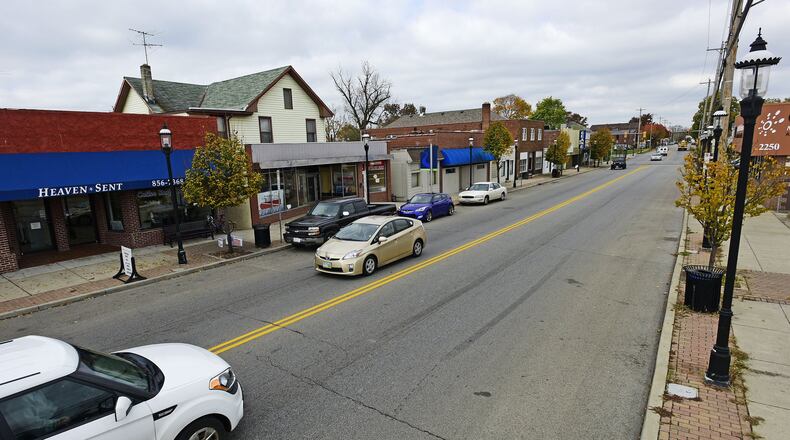“It will encompass architecture of the Lindenwald area, history, many recent photographs of homes, and showing the different types of architecture that Lindenwald has had throughout the years,” Armstrong said.
Armstrong said Scheid “has a vast knowledge of history of the area that I don’t have. I’m kind of the designer and photographer of the project. There’ll be quite a bit of text, and questions, and answers, interesting tidbits of the historic values of Lindenwald.”
“I personally have found it very interesting,” Armstrong added, “because I’m an old West Sider here, and really didn’t know much about Lindenwald. I’ve grown to become rather fascinated by the whole project.”
“I think it’ll be something that people find extremely interesting,” Armstrong said, “only because Lindenwaldians, or whatever that term would be, know very little about their area. I think it’s going to be kind-of fun, also.”
Hamilton’s 17Strong program, named for the number of city neighborhoods, gives each part of the city up to $3,000 per year, on a competitive basis, for projects, such as community movie nights, beautification projects and other things that help create community loyalty and improve quality of life.
City Councilwoman Kathleen Klink, a leading advocate of 17Strong, has said one benefit of the micro-grants is that they encourage people in neighborhoods to talk about ways to improve the areas where they live, and then develop the means to accomplish some of their new goals.
The publication, expected to be distributed for free, should be available in a couple of months.
About the Author
